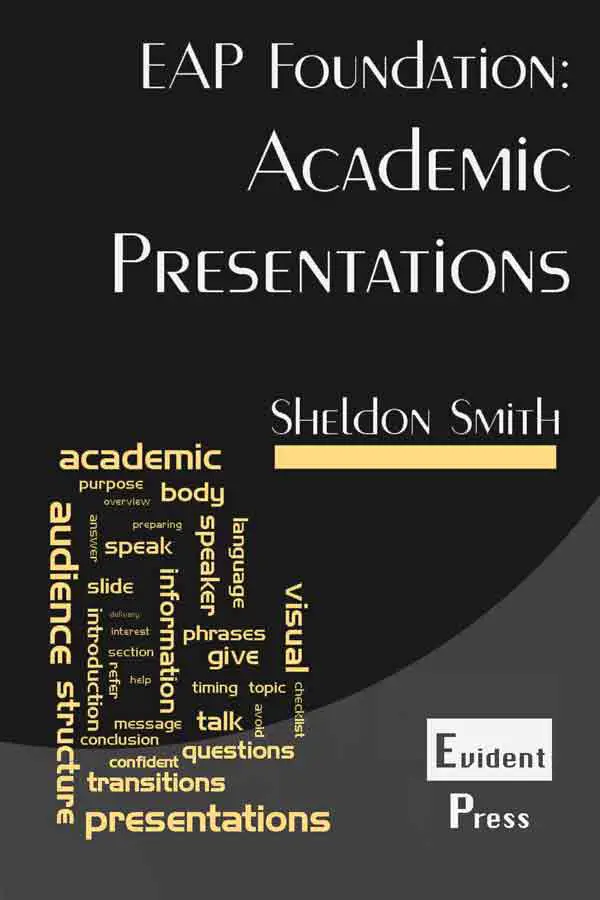Show AWL words on this page.
Show sorted lists of these words.


 







|
 Podcast is loading. Problems? Too slow? You can also access the Podcast by
clicking here.
Podcast is loading. Problems? Too slow? You can also access the Podcast by
clicking here.This message will disappear when then podcast has fully loaded.
Taking notes, both when reading texts and when listening to lectures or presentations, is an essential aspect of student life.
In order to understand how to make effective notes, it is useful to be clear of what your purpose is. Usually at university you will take notes in order to use them later, for example when revising for exams or in an academic essay or report. This means that your notes not only need to contain the main points, but must also be clear and easy to use, as it may be days, weeks, or even months after you make notes before you actually need them.
Note-taking for listening has many areas in common with note-taking when reading, for example the need to identify main ideas, to distinguish main from supporting details, and to make your notes clear and concise. Two areas which are especially important for listening compared to reading are: (1) being able to identify language cues (lecture cues) which the speaker uses to structure his/her talk; and (2) being able to take notes quickly using symbols and abbreviations.
Some do's and don'ts
Below are 10 tips for taking good notes in lectures. Many of these also apply to taking notes when reading.
- Only write points connected to the main ideas - don't try to write down everything.
- Write in short phrases, using key words, not complete sentences.
- Use symbols and abbreviations to help save time.
- Listen for lecture cues to help you follow the organisation of the lecture.
- Use a clear style of note-taking.
- Focus especially on the beginning and the end, as these usually contain an overview/summary of the main points.
- Make sure you understand the main idea before you start noting any details.
- Remember your notes after the lecture; go back and add detail, compare with fellow students, and expand abbreviations in case you forget what they mean later.
- Keep your notes well organised, with the date and name of the class at the top of the page, so you can easily find them later.
- Use a notebook or A4 paper, writing only on one side of the page so you can add more information later.
Checklist
Below is a checklist for taking notes, based on some of the ideas above. Use it to help you improve your lecture notes.
| Area | Item | OK? | Comment |
| Content | I have noted down all the main ideas | ||
| My notes (including numbers) are accurately recorded | |||
| I have made good use of abbreviations & symbols to save time when I take notes | |||
| My notes contain short phrases/key words, not whole sentences | |||
| Organisation of ideas | My notes are well organised, with a clear style, using headings, numbering, space etc. to show the relationship between ideas. | ||
| The supporting ideas I have noted are clearly distinguishable from the main points. | |||
| Organisation of notes | My notes have the name of the class and the date at the top. | ||
| My notes are on A4 paper or in a notebook, using only one side of the page. |
Next section
Read more about symbols & abbreviations in the next section.
Previous section
Read the previous article about lecture cues.



